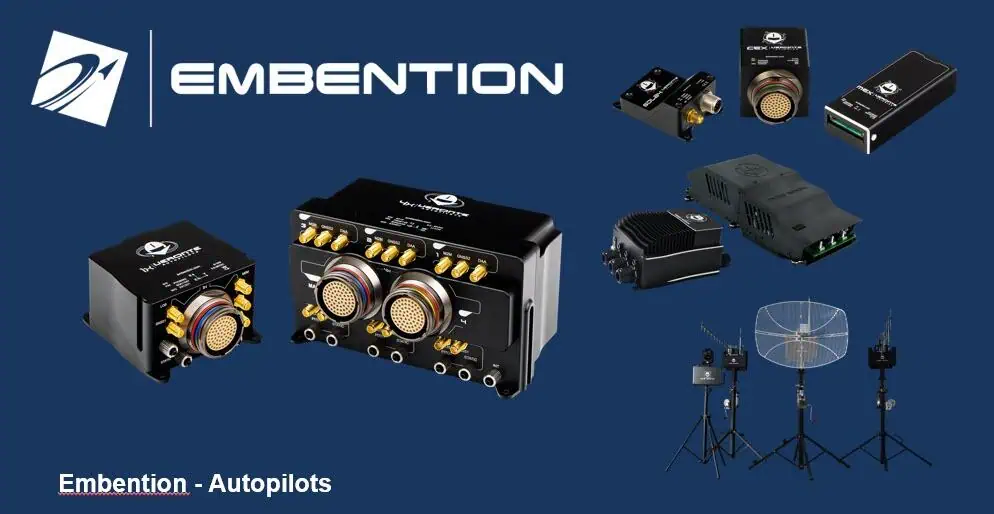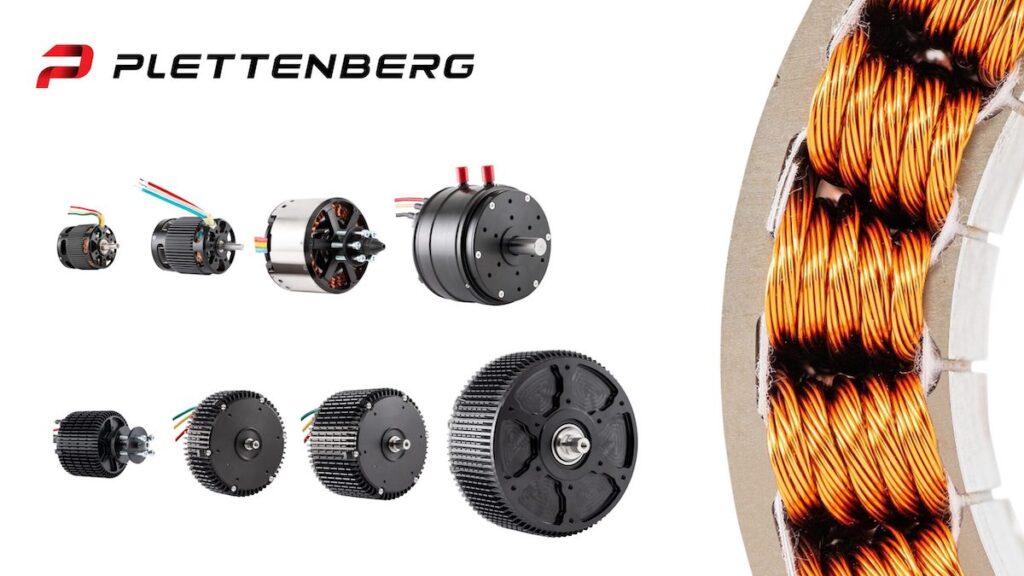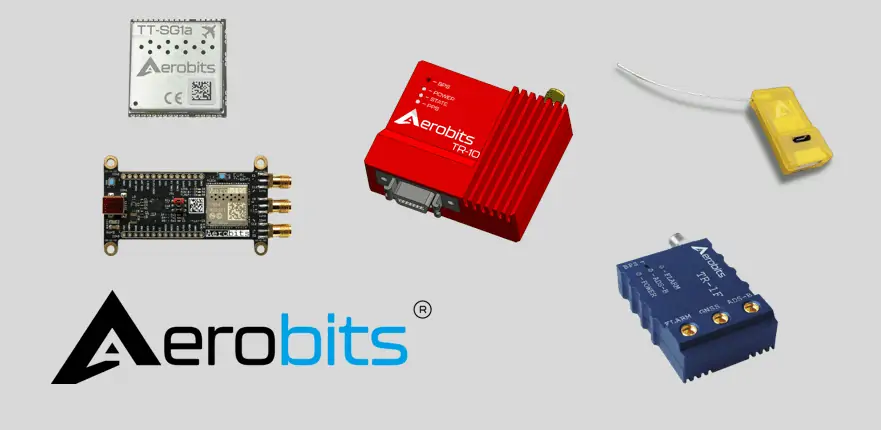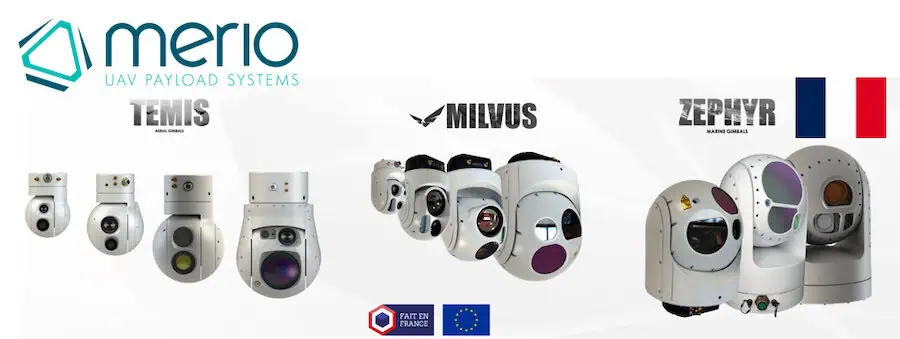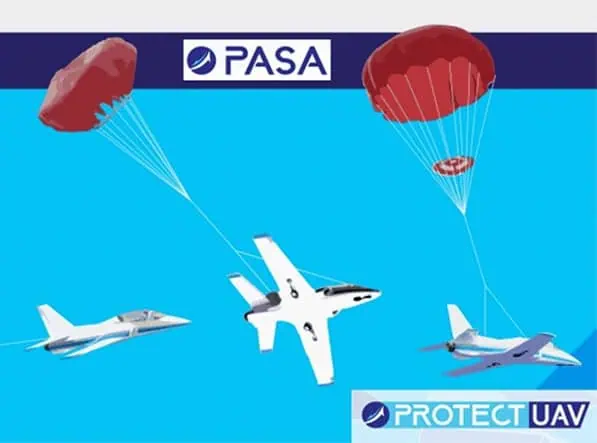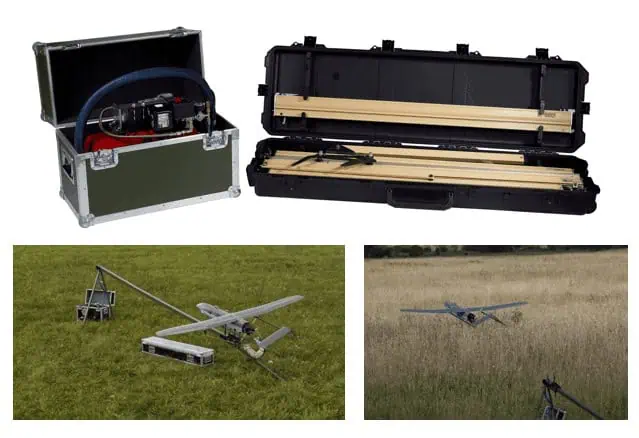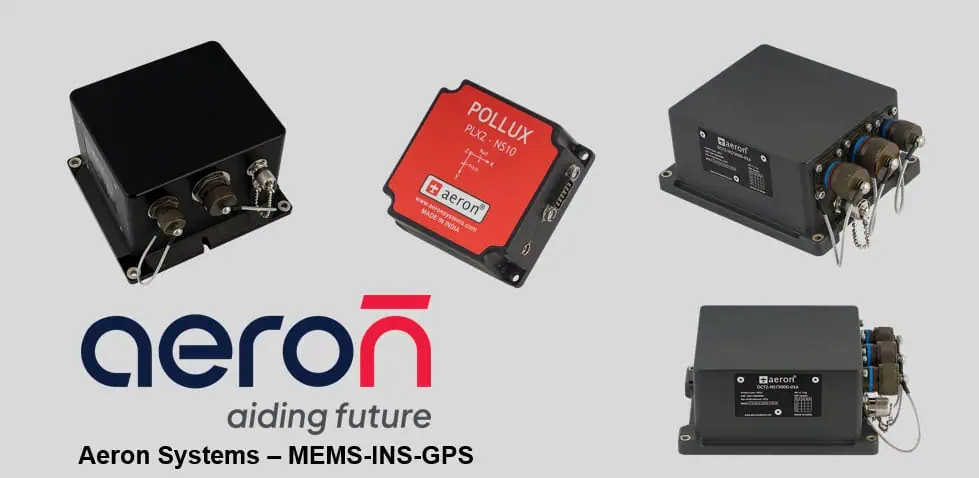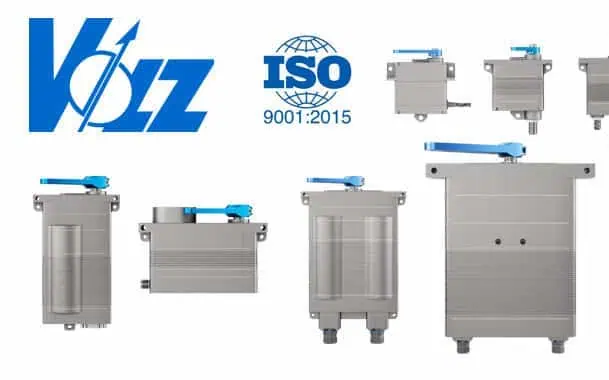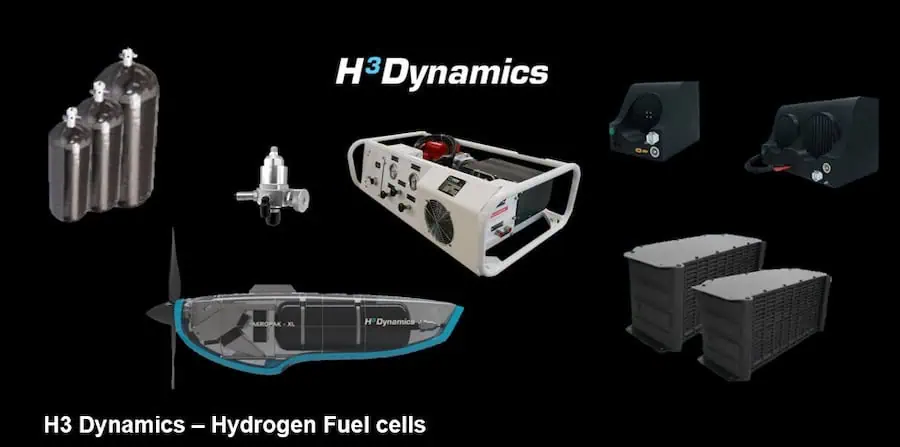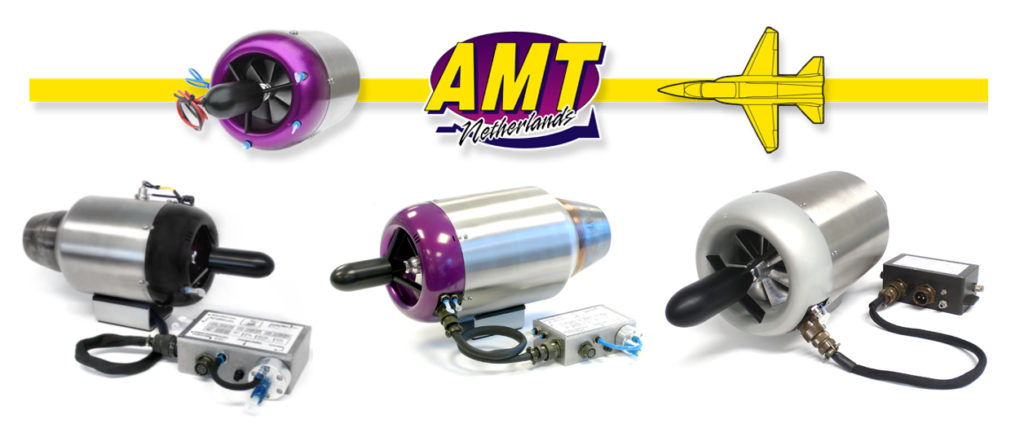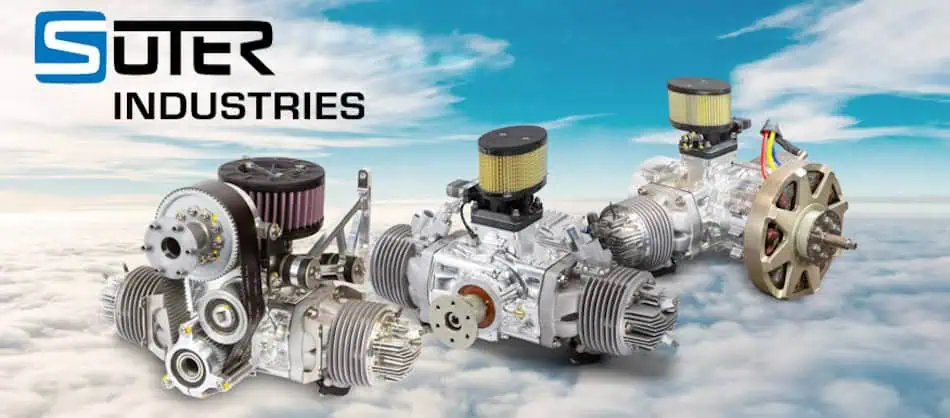
Antennas play an essential role in contemporary communication systems, serving as a tool to emit and capture electromagnetic signals. Choosing the appropriate antenna is critical for a transmitting – receiving communication setup.
Maxtena provides high-performance antenna solutions for unmanned systems across land, sea, and air. Choosing the correct antenna for communication applications requires evaluation of several factors.
How to Choose the Right Antenna
Users should understand precise requirements and limitations, and then align them with the suitable antenna type and specifications. Consult with an antenna specialist like Maxtena, or utilize simulation tools to make the best possible choice.
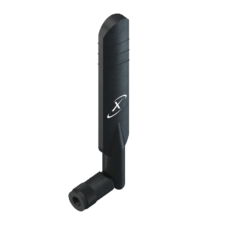
1. Define the Operational Frequency Range
Identify the precise frequency band your system uses (e.g., HF, VHF, UHF, SHF) and establish the required bandwidth for your application, ensuring the antenna covers this range adequately.
2. Understand Your Application and Environment
Determine if the antenna is for communication (e.g., Wi-Fi, cellular), broadcasting, GPS, radar, etc. Also, decide whether the antenna will be used indoors or outdoors, in urban or rural areas, or in conditions such as marine environments, high humidity, or extreme temperatures.
3. Gain and Radiation Pattern
Select the required gain level. Higher gain antennas are better for long-distance communication but have a narrower beamwidth.
Choose between omnidirectional (providing 360-degree coverage) and directional antennas (for focused communication).
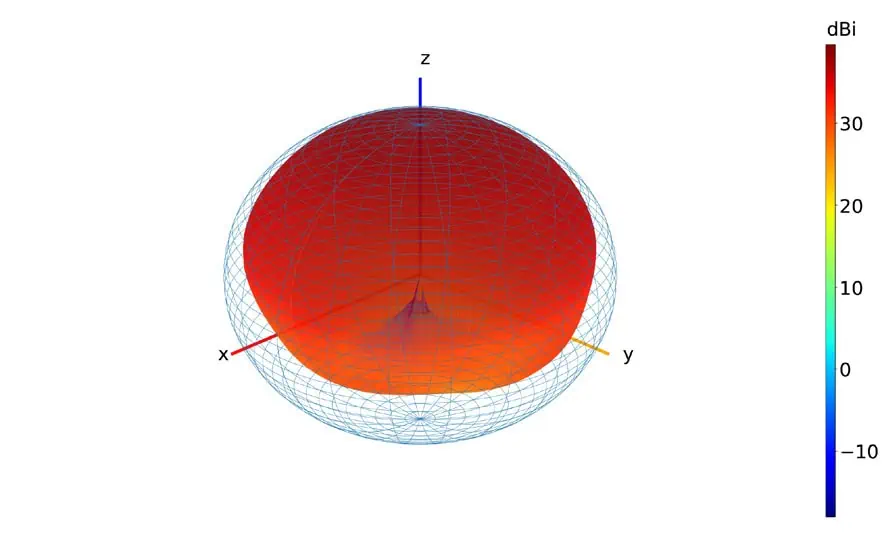
Ensure the polarization (vertical, horizontal, or circular) aligns with the system’s needs for optimal signal transmission and reception.

Verify that the antenna’s dimensions and weight are suitable for your installation site. Confirm the antenna can be installed in the chosen location and is compatible with the existing setup (e.g., mast, rooftop, handheld device).
6. Match Impedance
Ensure the antenna’s impedance (usually 50 ohms or 75 ohms) matches your system to prevent signal loss and reflection.
7. Assess Power Handling and Durability
Check that the antenna can handle the transmitter’s power output. Examine the antenna’s construction and materials, especially for outdoor use, to ensure it can withstand environmental factors such as wind, rain, and UV exposure.
8. Availability
Ensure the selected antenna is readily available or can be acquired within your project’s timeline.
9. Certifications & Regulation
Verify that the antenna meets relevant regulatory standards and certifications in your region (e.g., FCC in the US, CE in Europe).
Types of Antenna
Users looking to outfit contemporary communication systems can select from different types of antennas:
- Dipole Antennas
Simple, omnidirectional antennas suitable for various applications. Yagi-Uda Antennas
Directional antennas perfect for long-distance communication.- Parabolic Antennas (Dish)
Wideband antennas ideal for applications needing coverage over a broad frequency range. - Patch Antennas
Compact, flat antennas used in GPS, Wi-Fi, and other space-constrained applications. - Log-Periodic Antennas
Wideband antennas suitable for applications requiring coverage over an extensive frequency range.

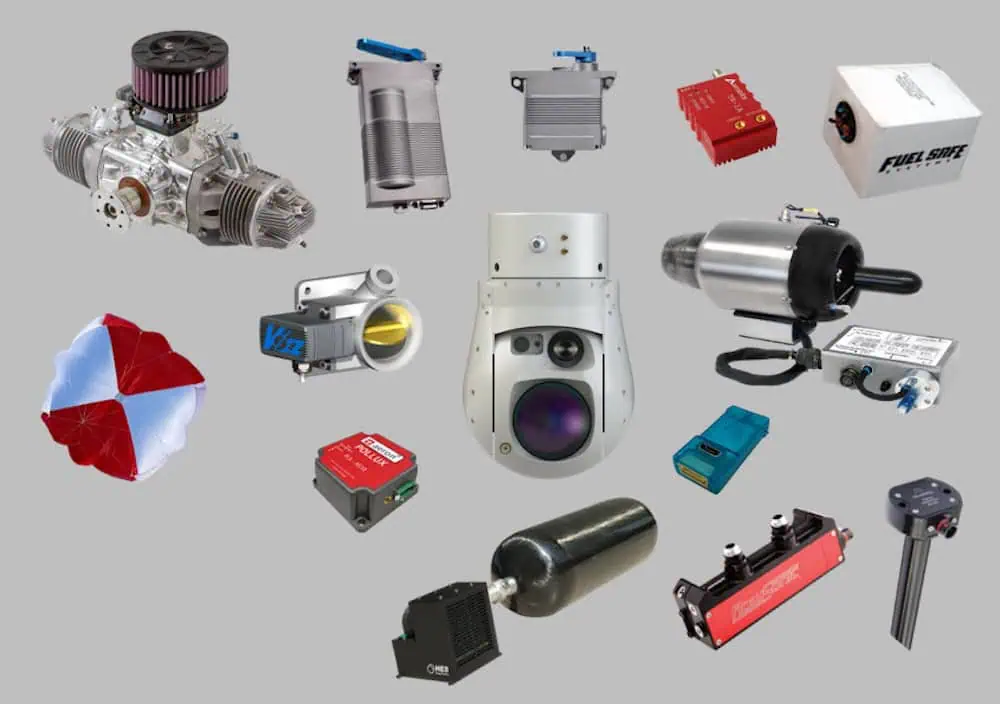
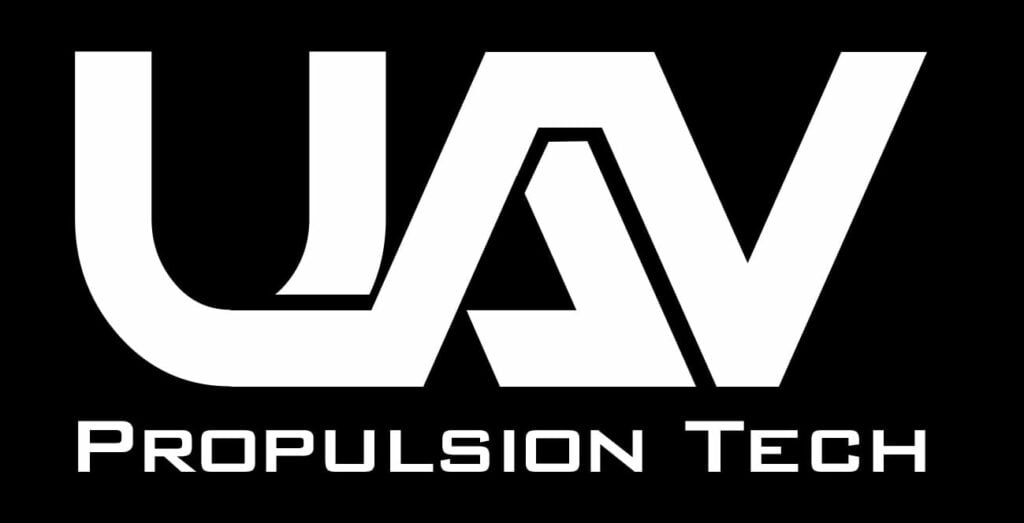
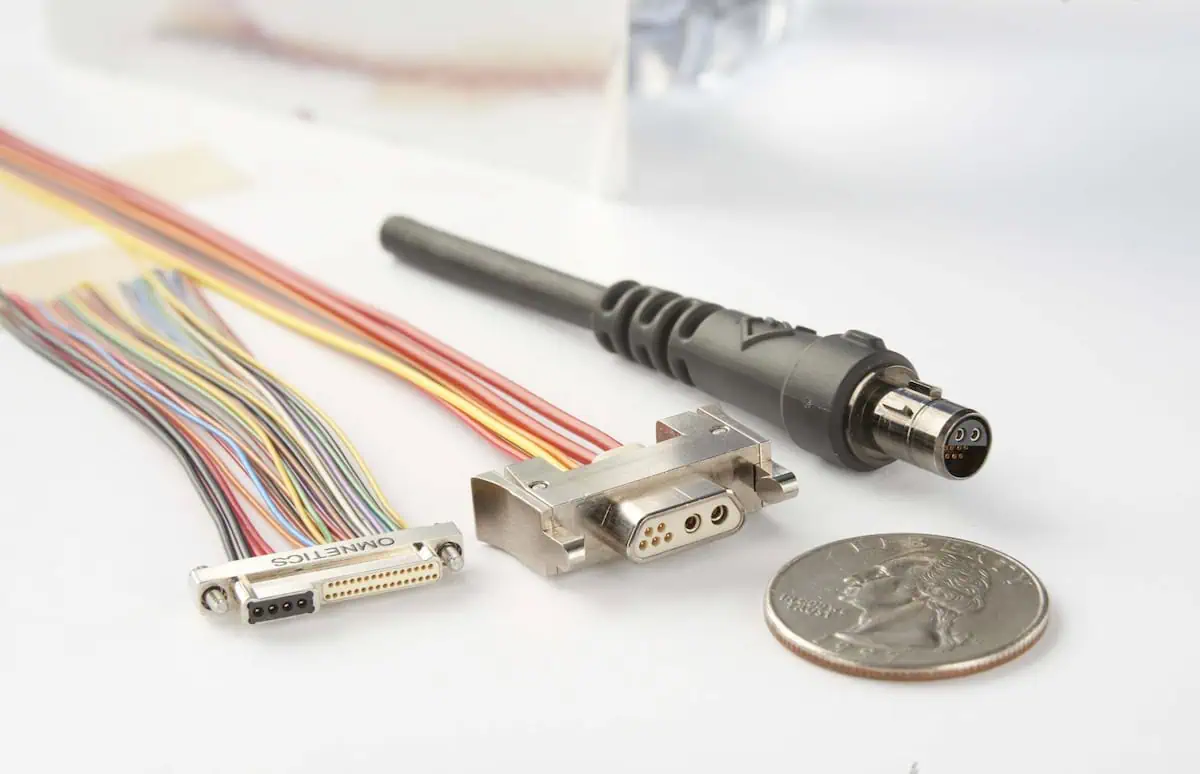

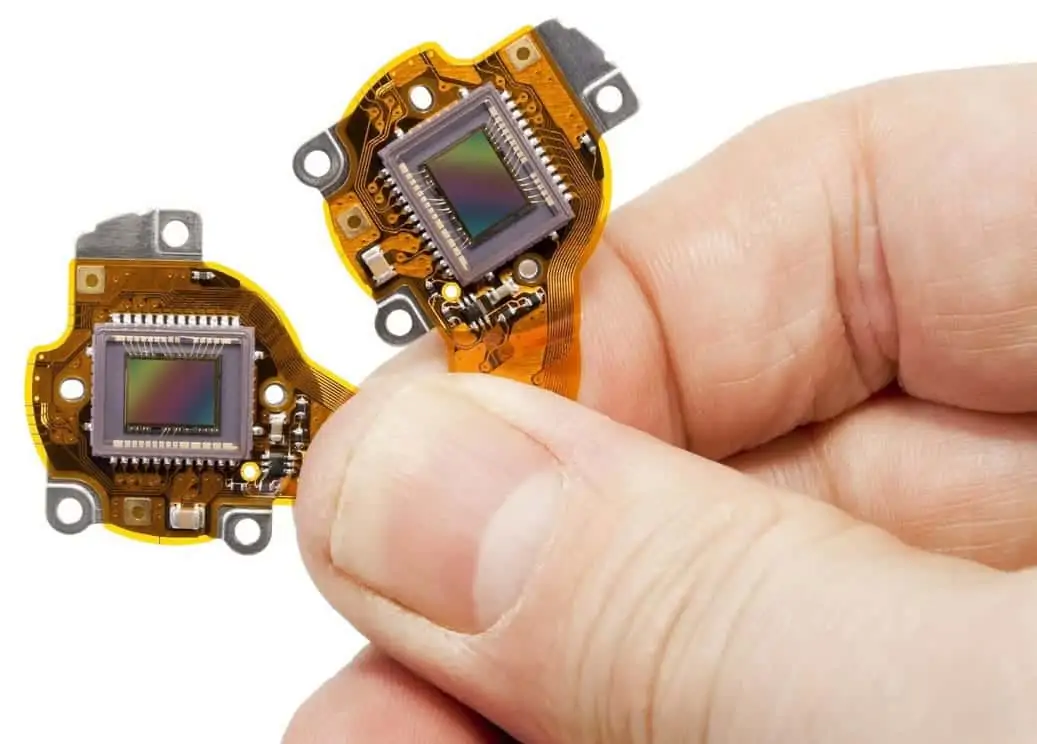

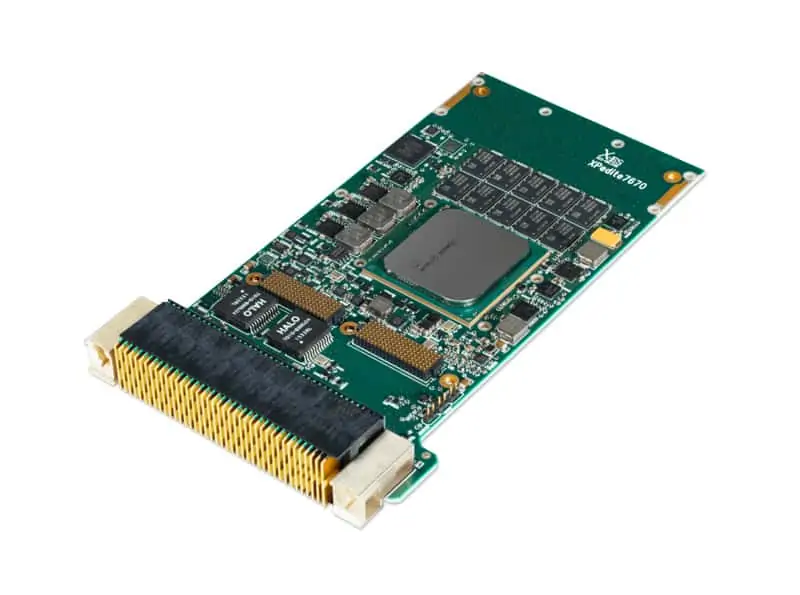

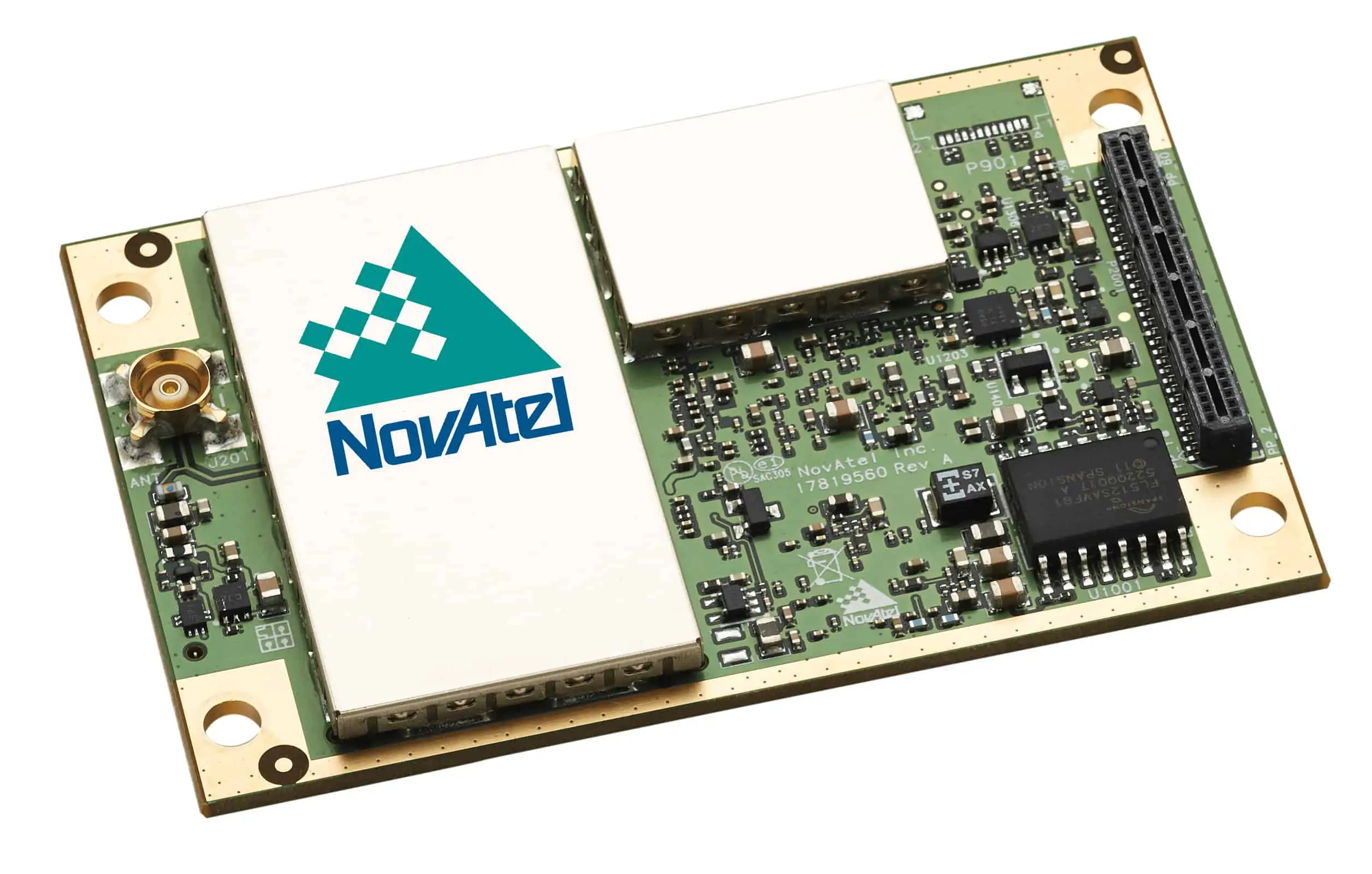

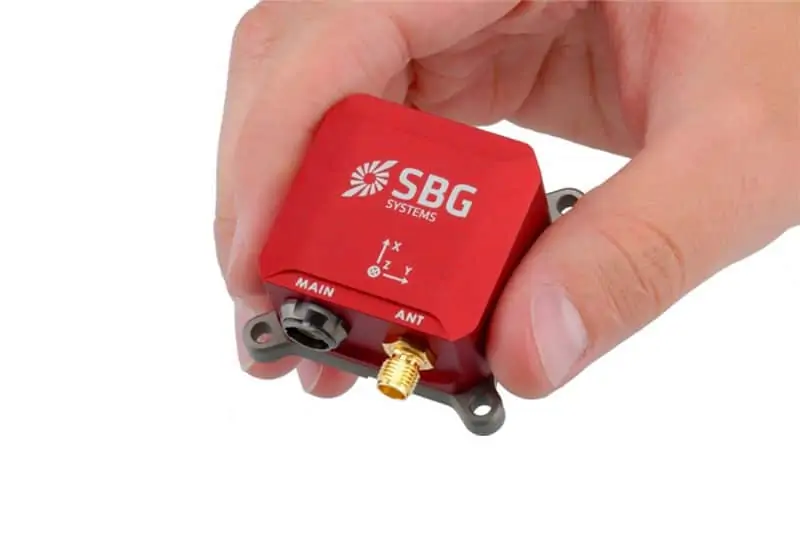
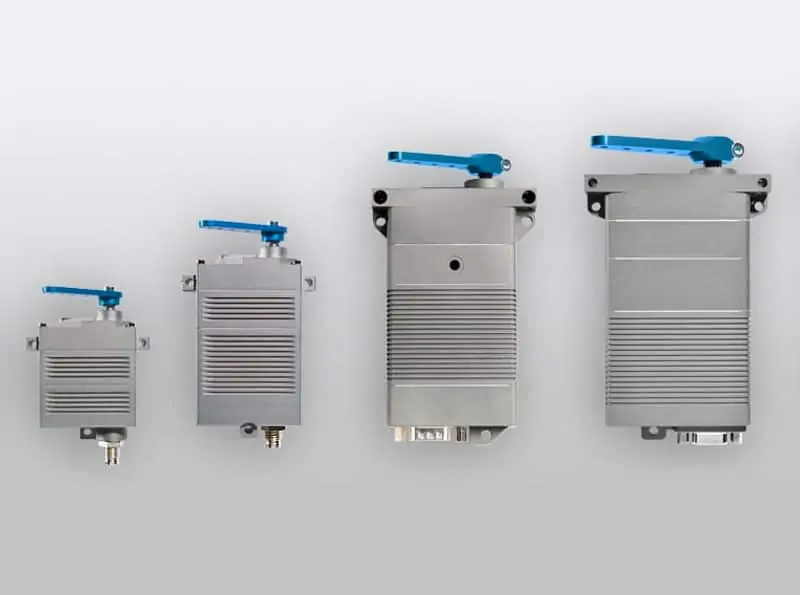
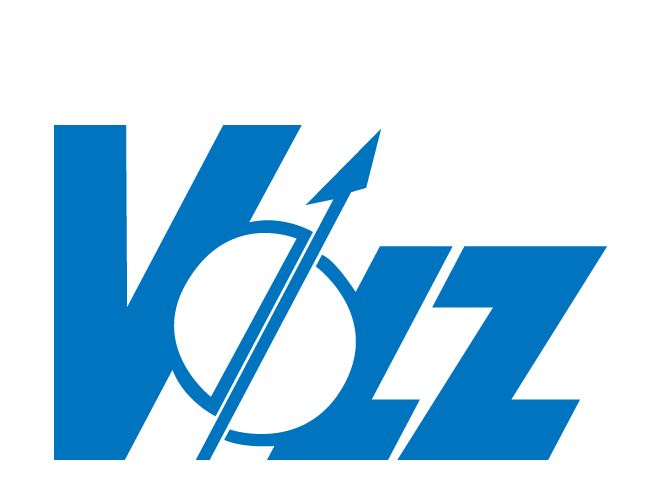
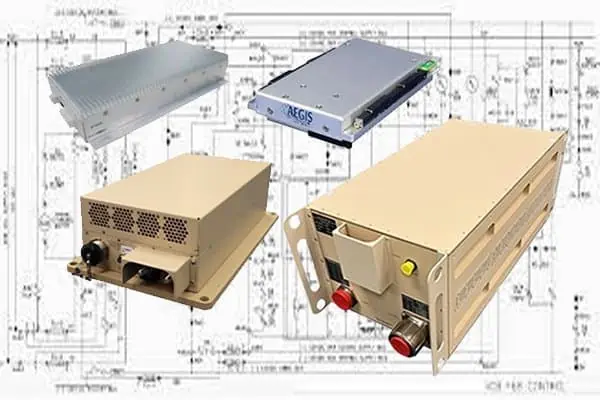
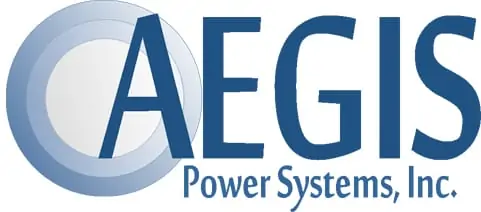
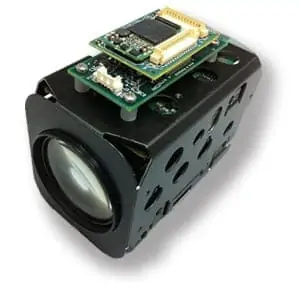

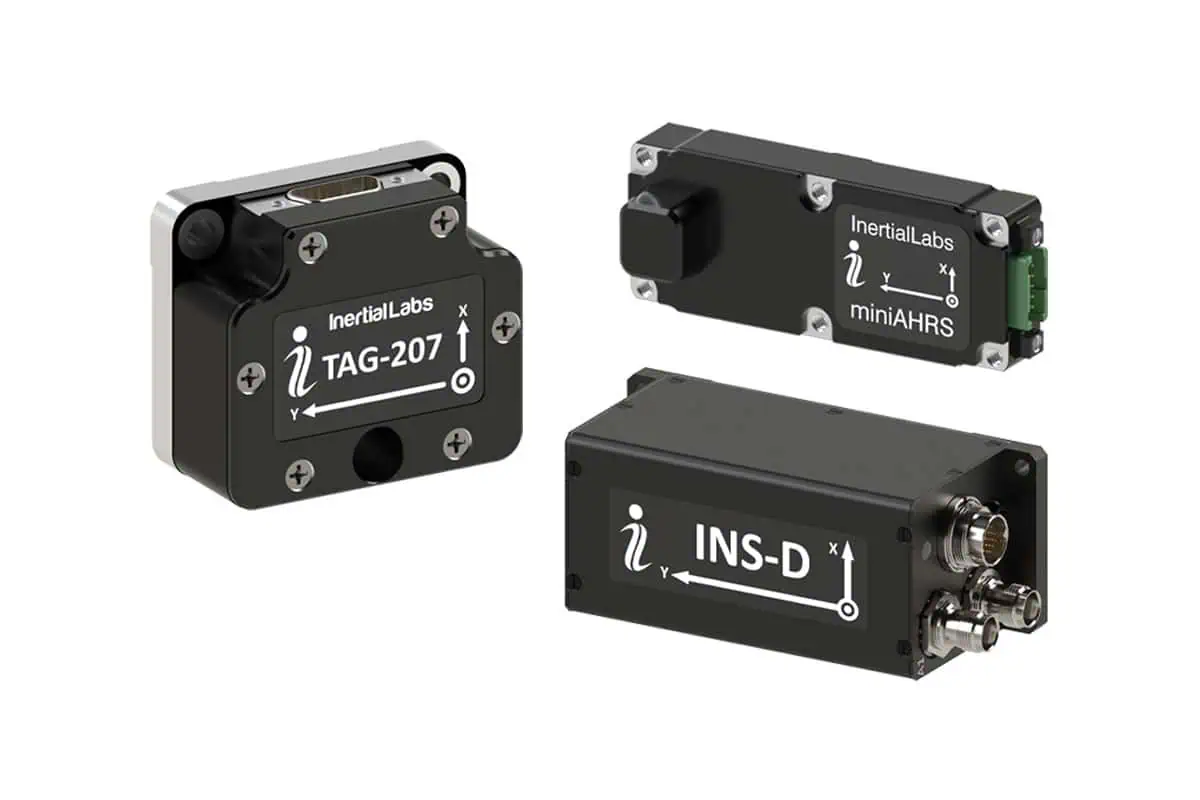


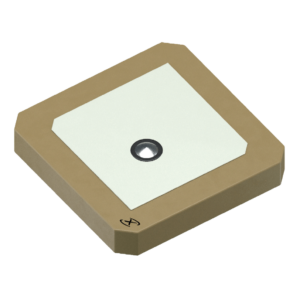 Yagi-Uda Antennas
Yagi-Uda Antennas